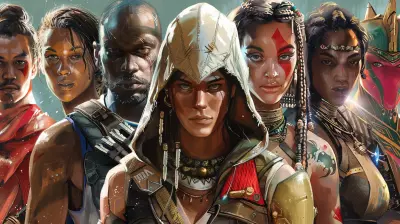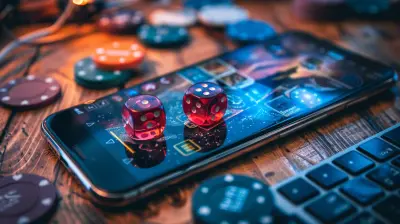The Art of Creating Relatable Villains
4 November 2025
Let’s face it—we all love a good villain. But what separates a forgettable bad guy from a truly iconic antagonist? It's not just about evil laughs and over-the-top schemes. Nope. The real magic happens when you create a villain that feels real, someone we might not agree with, but can understand on some level. That’s where the art of creating relatable villains comes into play.
In the world of storytelling, especially in games, relatable villains can elevate your narrative from decent to downright unforgettable. So, how do you build these complex antagonists that players actually care about (or secretly root for)?
Let’s break it down, piece by piece.
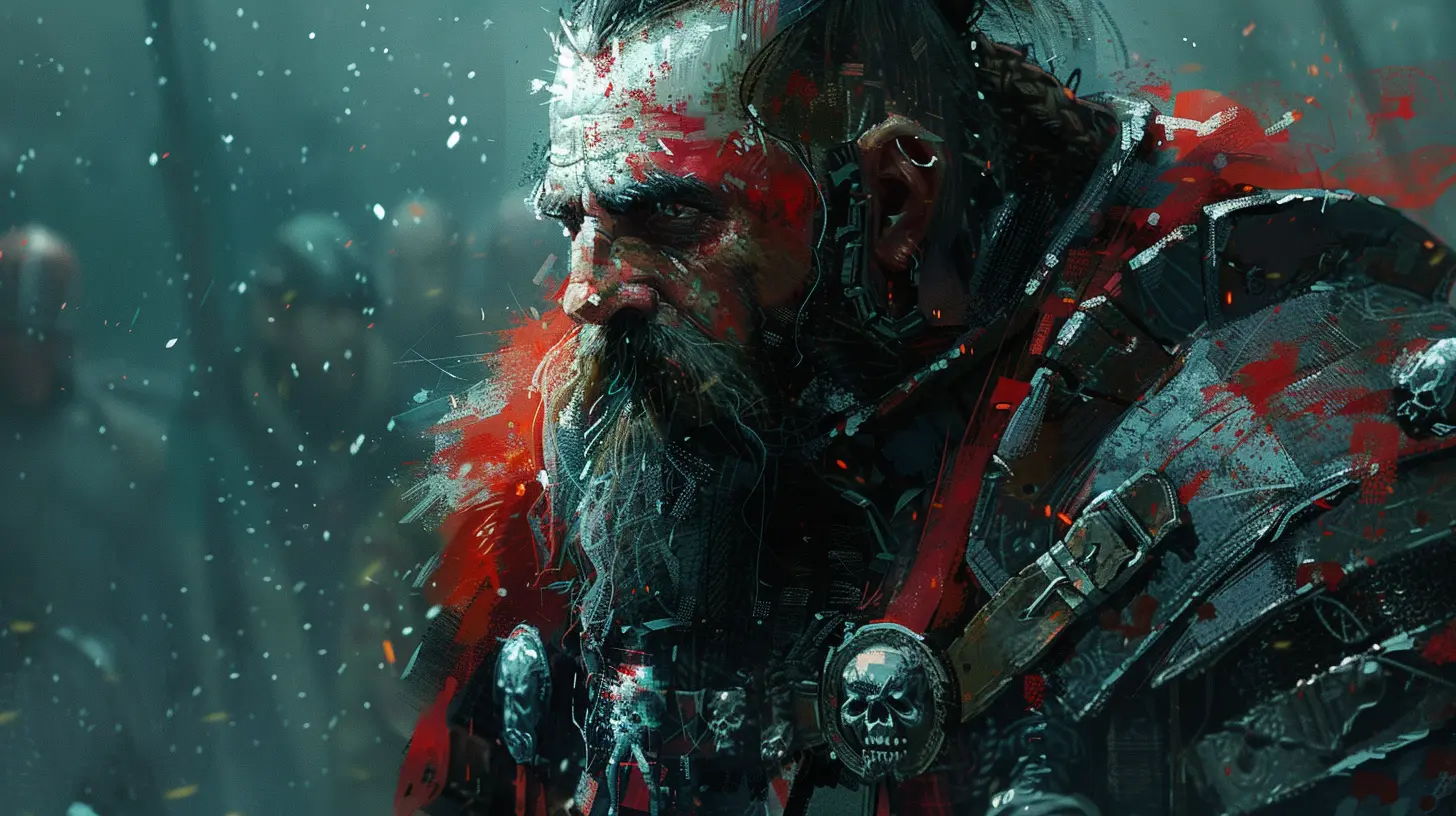
Why Relatable Villains Matter
Okay, quick question: who do you remember more vividly—The Joker or some nameless NPC baddie? Probably The Joker, right? That’s because he’s not just evil for evil's sake. He challenges our morals, flirts with chaos, and has a philosophy (as twisted as it might be).Relatable villains add emotional depth to your story. When players see pieces of themselves—or society—in the villain, it hits different. They’re no longer just an obstacle; they become a mirror reflecting uncomfortable truths.
Making Conflict Personal
The stronger your villain, the stronger your hero becomes. A well-written villain pushes your protagonist to grow, rethink their beliefs, and evolve. The conflict feels more grounded when both sides have weight and motivation, not just “bad guy wants power.”Take Vaas from Far Cry 3, for example. The guy’s unhinged, sure, but he's also a product of his environment. He’s charismatic, tragic, and honestly? Kinda makes you think. That’s the sweet spot.

Giving Villains a Motivation—Not Just Malice
Let’s squash a myth right here: evil for evil’s sake is boring. A truly relatable villain believes they’re doing the right thing. Their motives might be twisted, but in their mind, they're justified.The “I Had No Choice” Syndrome
Some of the best villains are those backed into a corner. They didn't wake up and choose violence; they were shaped by their circumstances. Maybe they lost everything. Maybe society failed them. Maybe revenge is the only thing keeping them going.Remember Killmonger in Black Panther? His pain was palpable. He wasn’t just hungry for power—he was reacting to generations of injustice. You might not agree with his methods, but you get where he’s coming from.
Gray Morality Is Gold
When your villain operates in the gray area between right and wrong, things get interesting. Nobody wants a black-and-white, cardboard cutout antagonist anymore. In today's world—and certainly in games—nuance rules.A villain who thinks they’re the hero? Oh man, now you’ve got something spicy. Players will argue on forums for years over who was really in the right.
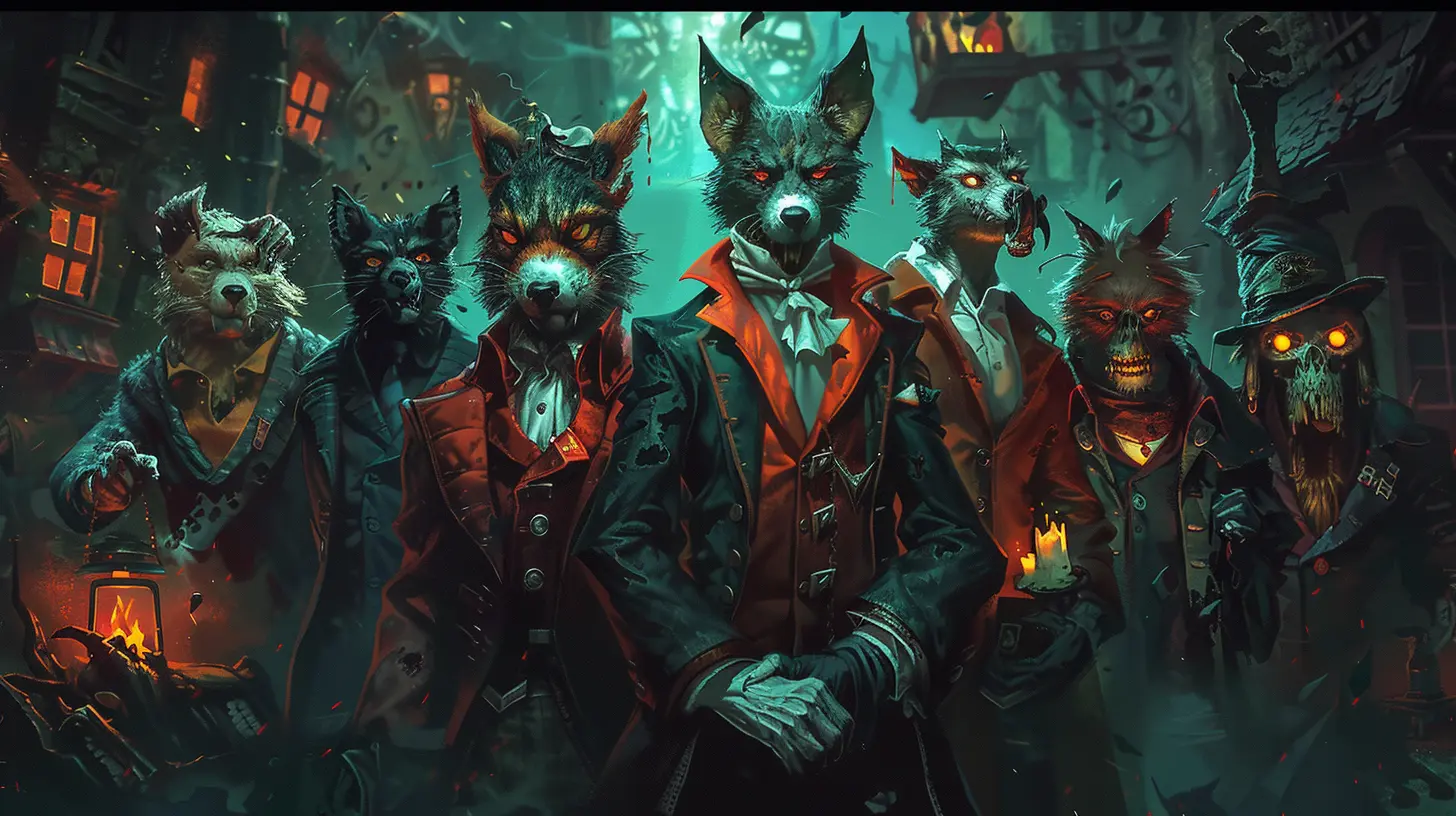
The Power of Backstory
You know what humanizes a villain faster than anything else? A solid backstory. We’re not talking info dumps here, but subtle clues, flashbacks, dialogue snippets that peel back the layers.Tragedy Builds Empathy
Show us the moment your villain broke. Maybe they were betrayed. Maybe they failed to save someone. Give us a reason to say, “Wow, if that happened to me, I might’ve turned out the same.”Sephiroth from Final Fantasy VII didn’t start off swinging swords like a maniac. When you learn about his origins and how he was manipulated, it changes everything.
Don’t Overdo It
Oh, and a quick tip—don’t spoon-feed the whole backstory in one scene. It’s the mystery, the drip-feed of details, that makes players lean in and connect the dots.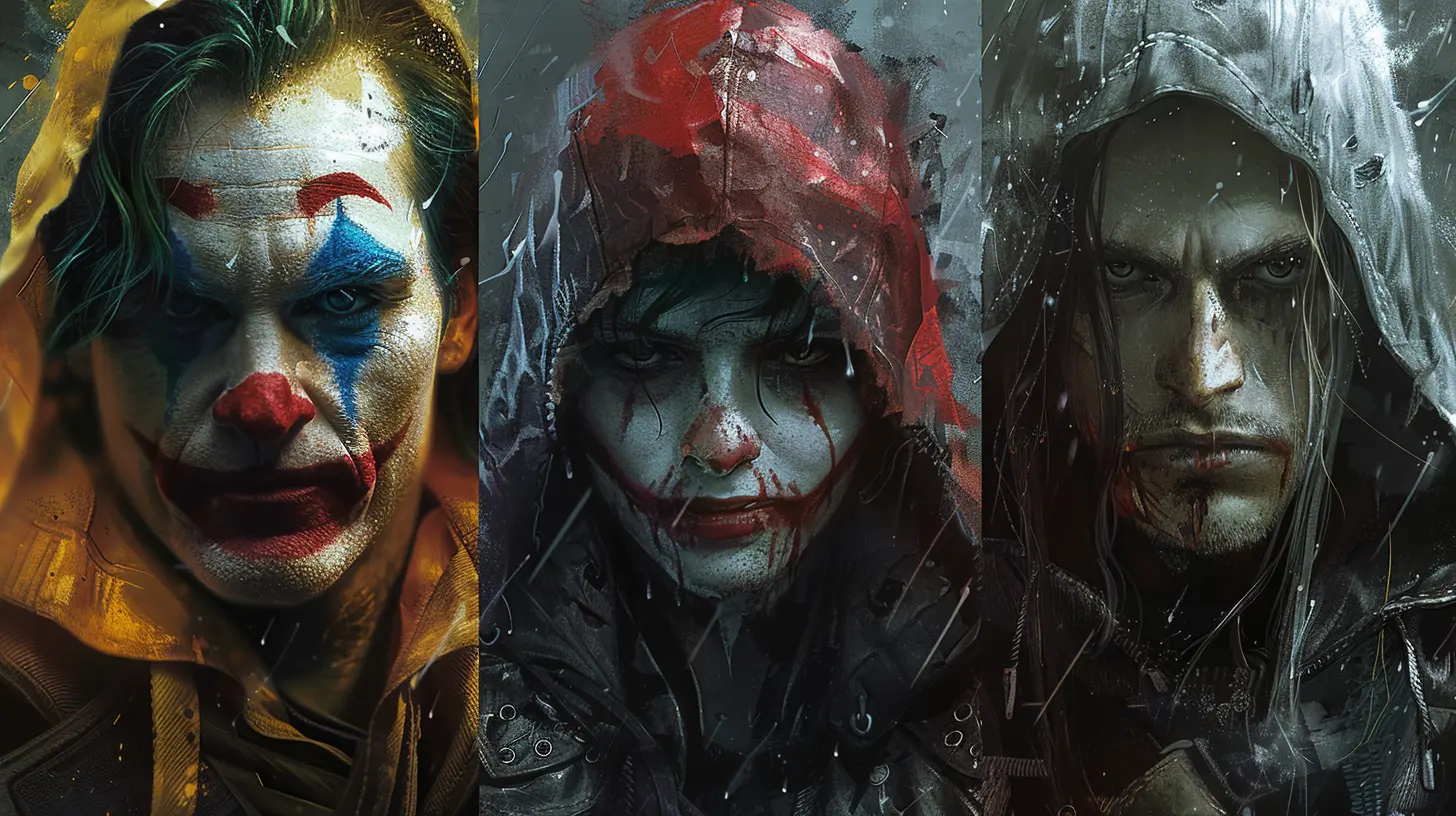
Make Them Charming (Or At Least Interesting)
A boring villain is a missed opportunity. If your antagonist puts players to sleep, that’s game over—literally and figuratively.Charisma Is a Weapon
Think Handsome Jack from Borderlands 2. He’s despicable, hilarious, and weirdly captivating. You hate him, but you also can’t wait for his next one-liner. That’s the power of charm.Villains who are charismatic, witty, or even heartbreakingly poetic leave a lasting mark. They don’t just invade game worlds—they invade our minds.
Complexity Over Clichés
Avoid cookie-cutter bad guys. You know the ones: evil laugh, scarred face, dramatic cape. Dig deeper. Maybe your villain is a pacifist forced into warfare. Maybe they’re trying to cure a disease but have to make morally gray decisions. Give us layers, not tropes.The Relationship with the Protagonist
A villain doesn’t exist in a vacuum. Their relationship with the hero creates the heartbeat of your story.Shared History Hits Hard
Nothing screams “relatable” like a villain with a personal connection to the protagonist. Maybe they were friends, siblings, lovers, or mentors. Maybe they were once on the same side. That shared past adds tension, heartbreak, and depth.Arthas from Warcraft 3 is a classic example. He’s a hero turned villain, and watching his descent makes the entire story tragic and compelling.
Mirroring and Contrasts
Your villain should challenge the hero’s beliefs. If your protagonist is all about freedom, make the villain a control freak. Let them be two sides of the same coin. It forces players to think: “What makes a hero, really?”
Use Dialogue to Drop Emotional Bombs
Let’s talk voice lines. Your villain’s words can be more powerful than any spell, weapon, or combo move.Let Them Speak Their Truth
Give your villain scenes where they explain why they’re doing what they’re doing. Not in a monologue-y, “mwahaha” kinda way. Just… let them be human. Let them plead their case.Sometimes, a single well-written line can flip the player’s emotions upside down.
Less Is More
Don’t over-explain. Trust your audience to read between the lines. Smart players love piecing together the villain’s psyche through environmental storytelling and subtle cues.Show, Don’t Tell—Even with Evil
Ever heard the phrase “actions speak louder than words”? Yeah, it applies double for villains.Let Their Choices Reflect Their Pain
Instead of telling us your villain is ruthless, show them making tough decisions. Maybe they save a kid only to sacrifice themselves later. Maybe they kill a comrade to protect a larger goal. The more morally ambiguous their actions, the more intriguing they become.Make the World React
How do NPCs see your villain? Are they feared? Revered? Pitied? The way the game world responds to your antagonist says a lot about who they are—and what they represent.
Relatable Doesn’t Equal Redeemable
Now, let’s get something straight. A relatable villain isn’t necessarily one who finds redemption.You Can Understand Them Without Forgiving Them
Not every villain needs a “come-to-Jesus” moment. Some are too far gone, and that’s fine. The goal isn’t to make players go, “Wow, I love them now.” It’s to make them say, “Damn, I get why they did it.”Keep the Stakes Real
Just because your villain is relatable doesn’t mean they should go easy on the player. Let them cause chaos. Let them be unpredictable. Relatable ≠ soft.Examples of Relatable Villains in Gaming
Need some inspo? Here are a few standout villains who nailed the “relatable” thing:- The Illusive Man (Mass Effect) – Idealistic to a fault, believes humanity’s survival justifies his shady moves.
- Kreia (Knights of the Old Republic II) – Challenges Jedi beliefs and forces players to question morality itself.
- Dutch van der Linde (Red Dead Redemption 2) – A dreamer corrupted by desperation, slowly unraveling.
All different, yet all share that crucial element: they make you feel something beyond just hate.
The Takeaway
Creating a relatable villain isn’t about making them likable. It’s about making them understandable. Give them goals, flaws, dreams, and scars. Let them believe in what they’re doing—even if it’s horrible. And most importantly, let them be human.Games are stories, and every great story needs a compelling antagonist. So next time you’re crafting a villain, don’t just slap on a skull mask and call it a day. Dig deeper. Make them bleed. Make us care. That’s the true art of creating relatable villains.
all images in this post were generated using AI tools
Category:
Video Game CharactersAuthor:

Francesca West
Discussion
rate this article
1 comments
Knox McCune
Great read! Relatable villains add depth to stories and make gameplay so much more engaging.
November 6, 2025 at 4:11 AM

Francesca West
Thank you! I'm glad you enjoyed it. Relatable villains truly do enhance storytelling and gameplay.
